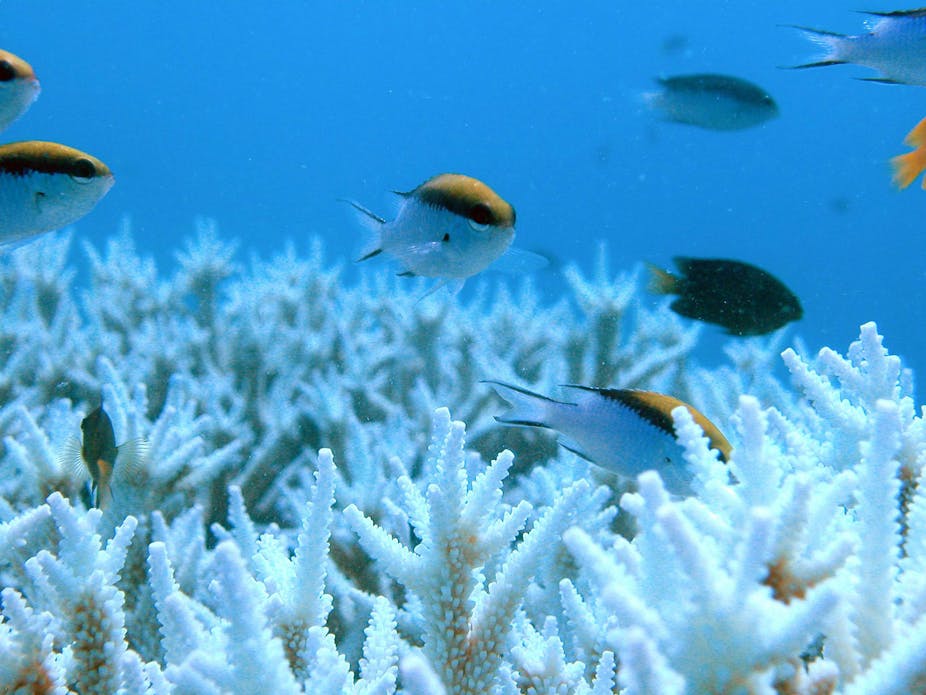Just in from the Australian Science Media Centre:
The Federal Government has just announced the proposed establishment of the world’s largest marine protected area in the waters of the Coral Sea that fall within Australia’s Exclusive Economic Zone. The proposed Coral Sea Commonwealth Marine Reserve covers approximately 989,842 square kilometres - an area of ocean more than half the size of Queensland. The nearest point is more than 60 kilometres from the coast and it extends out to 1100 kilometres from the mainland. Different sections of the reserve will have varying regulations stipulating what activities can take place.
There will now be a 90 day consultation period, which will close on 24 February 2012. Further information is available here.
Expert response:
Professor Terry Hughes, Director of the ARC Centre of Excellence for Coral Reef Studies, James Cook University
The announcement today of the proposed reserve is a welcome step in protecting the Coral Sea, one of the last remaining wild places in the sea. It cements Australia’s reputation as a world leader in marine resource management.
The proposed level of no-take area is 51 per cent, compared to 33 per cent in the Great Barrier Reef Marine Park which was re-zoned in 2004.
I would like to have seen more protection for coral reefs – more than 20 of them would be outside the no-take area and vulnerable to catch-and-release fishing under the proposed plan. This should really be called “catch-and-release-and then die” fishing. The survival rate of released fish in an area full of sharks is very uncertain.
The proposed Coral Sea no-take area is hundreds of kilometres offshore, and will have no impact on recreational fishing. There is very, very little commercial fishing currently operating legally in the Coral Sea today.
The proposal should consider more regulation of long-lining (connected lines up to many kilometres long), which will continue in the proposed multiple-use zone. The by-catch from long-lines is a major threat to seabirds, turtles and pelagic sharks.

